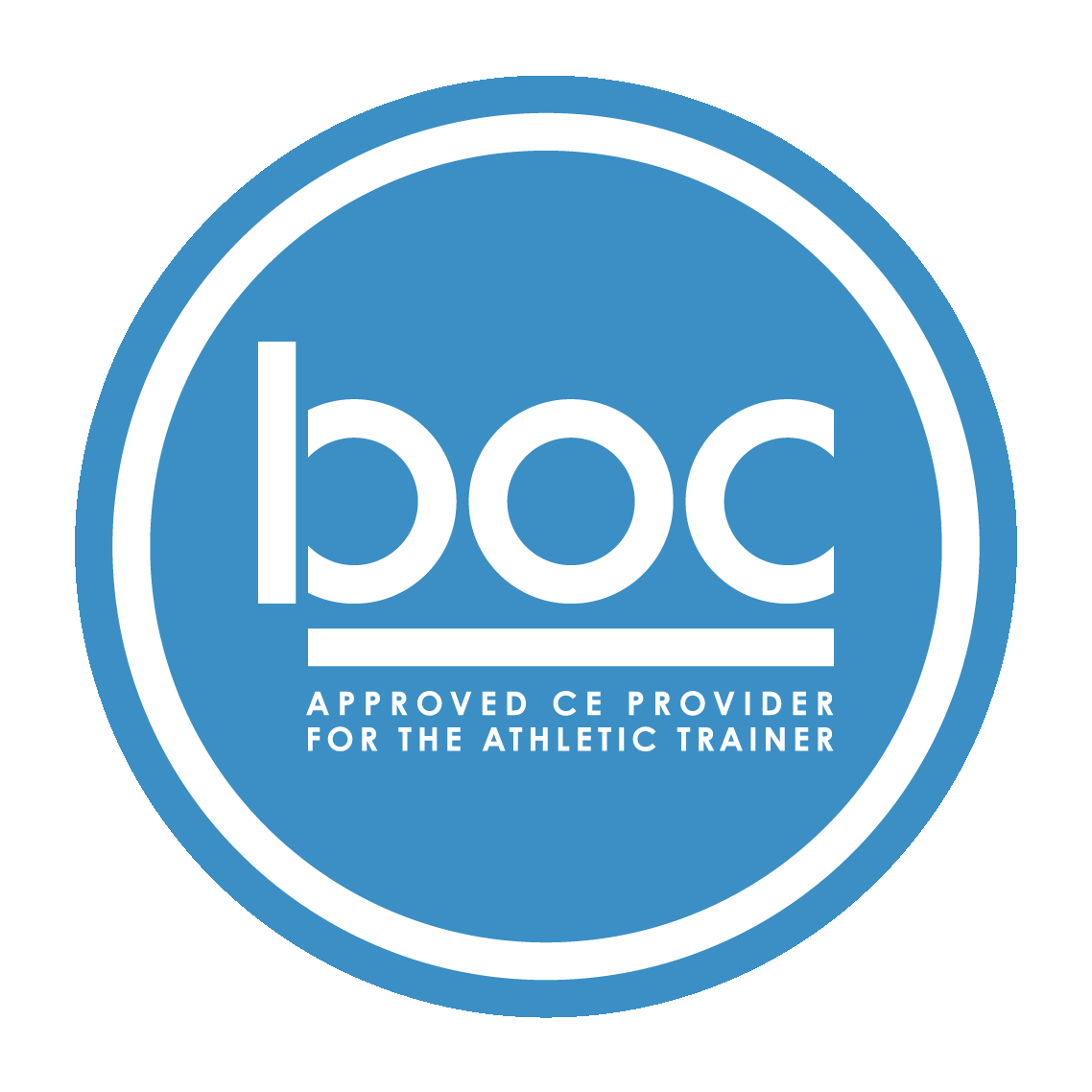Alaska Athletic Trainer Continuing Education
Alaska Accepts OnlineCE.com Courses for BOC Requirements
Alaska Athletic Trainer Continuing Education Requirements: Must maintain and provide proof of current certification with the BOC that includes completing 50 hours of CE every 2 years.
Please scroll down to view courses accepted and their approval code/language. When logged in, as long as your licenses are entered on your account, each course is clearly identified as being approved or not approved.
BOC Requirements: 50 hours of continuing education every 2 years. The BOC accepts 50 hours of OnlineCE.com courses. OnlineCE.com is a BOC Approved Provider #P3289

Continuing Education Requirements of The Board of Certification
The National Athletic Trainer's Association Board of Certification (BOC) is the national governing body responsible for credentialing Athletic Trainers (AT). To maintain current AT certification, individuals must meet BOC continuing education (CE) requirements. A total of fifty (50) hours of CE is required every two (2) years. Athletic Trainers can earn 50 hours of CE through Category A, or courses provided by BOC Approved Providers. Although CEUs are no longer awarded for emergency cardiac care (ECC) certification, ATs need to be current with the ECC requirements throughout the reporting period.
State of Alaska Athletic Trainer Continuing Education Requirements
Alaska Athletic Trainer Continuing Education requirements posted on this page are based upon the most up to date information available. Alaska Athletic Trainer continuing education requirements are subject to change and therefore, Alaska Athletic Trainer licensees are ultimately responsible for being up to date with the Alaska Athletic Trainer continuing education requirements.

